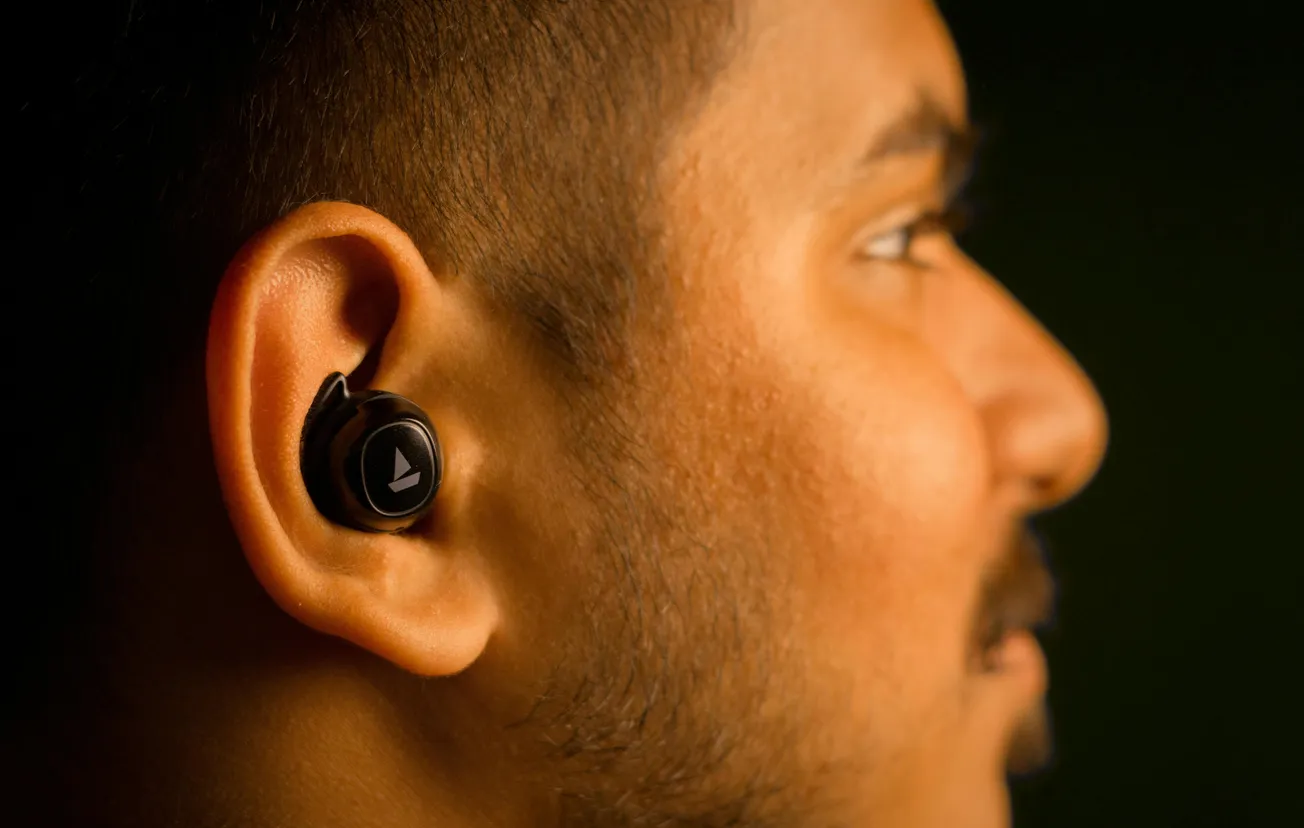Wireless microphones are essential in modern video production, but many entry-level systems can emit unintended signals—a problem known as RF spray. This typically occurs during power-up, when a mic briefly transmits on frequencies other than its assigned channel.
What Is RF Spray?
RF spray happens when a wireless mic system emits short bursts of radio frequency on nearby channels during startup. For example, a system set to 558 MHz might momentarily transmit at 550 MHz. This issue was observed in popular prosumer systems like the DEITY THEOS and Saramonic K9.
Why It Matters
In productions using multiple wireless systems, especially live broadcasts or large events, RF spray can cause interference—resulting in audio dropouts or static. While casual setups with 1-2 mics are unlikely to experience problems, higher-channel environments are more vulnerable.
Pro Gear vs. Budget Options
Professional systems like the Sound Devices A10 show none of this behavior, transmitting only on the intended frequency. Budget systems trade cost for performance, increasing risk in sensitive RF environments.
Bottom Line
RF spray isn’t a concern for most small-scale creators. However, for high-stakes productions, investing in gear with clean frequency behavior is essential to avoid interference and maintain professional audio standards.








